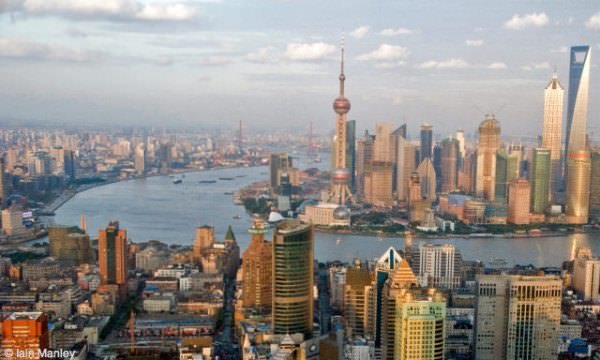Shanghai travel guide
“Shanghai isn’t China”
At some inevitable point, and with few exceptions, people in contact with China’s largest city will pause, mid-conversation, and say “Ah, but Shanghai isn’t China.” It’s an illogical statement, but it’s said by residents and tourists, if they have stopped elsewhere in China, alike.
The meaning of these few words depends, largely, on the speaker’s background. Locals are often smug. To them “Shanghai isn’t China” because Shanghai is better than China. It is wealthier and more cosmopolitan, and so, by extension, are they.
The city’s immigrants, both Chinese and foreign, are usually more wistful. To them, “Shanghai isn’t China” because its essence is somehow different. Yes, it is cosmopolitan and, yes, the city is wealthy – otherwise most wouldn’t be here – but so many differences are bundled up in its past that Shanghai often feels like a place apart, an island, which you need to leave to experience the ‘real’ China – wherever that might be.
View Shanghai, China in a larger map
Perhaps the locals are right. Perhaps, rather than isolating Shanghai, the city’s heterogeneous past places it ahead of the mainland, at the forefront of an economic miracle less quickly shaking the hinterland.

The world’s most-modern city
Shanghai is arguably the world’s most modern city. Pudong, on the east bank of the Huangpu River, which neatly cuts the city into two, was mostly farmland until 1993, when it was designated a Special Economic Zone. Today, it is the postcard image of a new China. Pudong bristles with tall, shiny buildings; two, the World Financial Centre and the Jinmao Tower, are China’s tallest, and among the ten tallest in the world.
The city’s importance, and its wealth, could be described as the result of simple geography: Shanghai is where China’s ancient water-highway, the Yangzi River, spreads out to meet the ocean. But its global past must surely have something to do with its global present, and it is here that the future of China, a nation fast shaping the future of our world, can best be witnessed. Perhaps Shanghai is, in fact, China.
Climate
Shanghai’s climate is best described as damp. The city is surrounded by water: the East China Sea is to its south and east, the Yangzi to its north; Lake Taihu is not far to its west, and the Huangpu dissects its middle.
Summer is hot and sticky. Temperatures rise as high as 40o(104o) and humidity occasionally reaches 100%. Winter temperatures don’t drop much below freezing, but people from the north of China, where winter temperatures are much lower, say that the damp Shanghai air sometimes feels colder.
Spring and Autumn are the best times to visit, unfortunately they’re both quite short. In April, May, September and October, daytime temperatures are comfortable and evenings are cool. It rains throughout the year. When it does, ladies waving cheap umbrellas, shouting “yusan ba, yusan ba” (“Need an umbrella? Need an umbrella?”), instantly appear at metro stations.
Where next?
This guide is by Iain Manley, whose time in China inspired him to establish VoiceMap, a platform for location-aware audio tours.

wow great information about Shanghai travel.
Thanks!